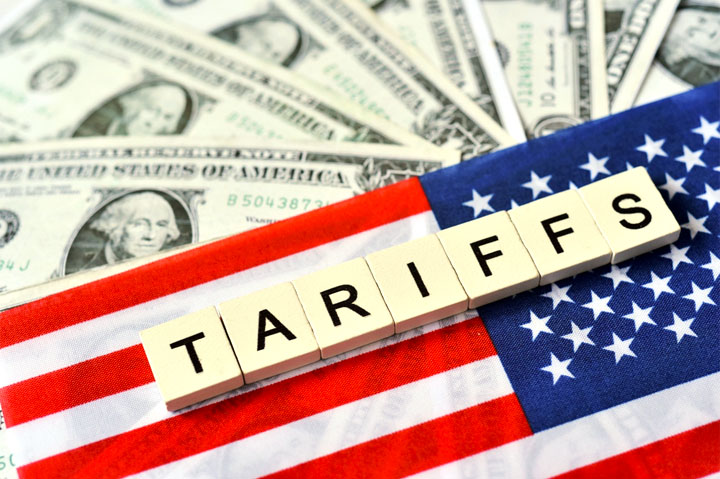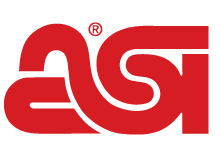News May 20, 2025
U.S. Could Reinstitute Reciprocal Tariffs for Nations That Don’t Negotiate in ‘Good Faith,’ Says Treasury Secretary
Meanwhile, President Donald Trump indicated that some countries could learn the nation-specific tariff rates the United States will place on them in the next two to three weeks.
Key Takeaways
• Tariff Reinstatement: The U.S. may reimpose paused reciprocal tariffs on nations that don’t negotiate trade deals in “good faith,” said Treasury Secretary Scott Bessent.
• Upcoming Announcements? Some country-specific levy rates could be revealed in the next “two to three weeks,” according to President Donald Trump.
• U.S./China Relations: The countries recently agreed to reduce high tariff rates they’d placed on each other in 2025 for at least 90 days to allow for talks to occur.
U.S. Treasury Secretary Scott Bessent said this week that the White House would reimpose currently paused reciprocal tariff rates on nations that fail to negotiate in “good faith” with the United States on new trade agreements, while President Donald Trump indicated some nations will soon learn the specific levy rates the U.S. will place on products originating from within their borders.
On April 2, Trump announced a tariff rate on all imports of 10%, as well as higher nation-specific duty rates on imports from many countries around the globe.

He subsequently paused, for 90 days, the nation-specific rates for all but China, as well as Canadian and Mexican imports not covered by the United States-Mexico-Canada Agreement. During the 90-day window, the 10% levy applies as the baseline rate to imports for most nations. Product/material-specific rates, such as the 25% tariff on steel and aluminum, also can still apply.
Bessent told CNN’s Jake Tapper this week that the administration’s tactic in negotiating trade deals is “strategic uncertainty” – an approach he believes will help the U.S. ink favorable deals that will leave American “retailers, the American people and the American workers … better off.”
Bessent also warned that countries that have paused nation-specific reciprocal rates, which the administration says are in response to tariffs and trade barriers each nation has set against the United States, could face the reinstitution of those higher rates. “President Trump has put them on notice that if you do not negotiate in good faith, you will ratchet back up to your April 2 level,” Bessent told CNN.
In a separate interview with NBC’s Meet the Press, Bessent said, “This means if they’re not negotiating in good faith, they are going to get a letter saying, here is the rate … If you don’t want to negotiate, then it will spring back to the April 2 level.”
Meanwhile, Bessent stated there are 18 nations with which the United States is most focused on reaching deals. For other “smaller trading relationships,” Bessent said, the United States can “come up with a number. My other sense is that we will do a lot of regional deals – ‘this is the rate for Central America, this is the rate for this part of Africa.’”
Beyond China, some of the higher reciprocal rates were on nations from which the promotional products industry does notable importing, including Vietnam (46%) and India (26%).
It wasn’t clear if the potential reimplementation of higher reciprocal tariff rates would occur before the announced 90-day pause officially ends in early July or after. Trump said on May 16 that “it’s not possible to meet the number of people that want to see us” regarding trade deals, adding that the United States has about “150 countries that want to make a deal, but you’re not able to see that many countries.”
The president indicated that Bessent and U.S. Commerce Secretary Howard Lutnick will be sending out letters in the “next two to three weeks” that essentially tell countries the tariff rates “they’ll be paying to do business in the United States.”
Following mid-May talks in Switzerland, the United States and China agreed to reduce for at least 90 days new tariff rates they had placed on each other to that point in 2025 amid what was a fast-escalating trade war.
Effective May 14, the U.S. dropped its rate on China imports from 145% to 30% – a levy that’s in addition to tariffs Trump had placed on China during his first term in the White House. China, meanwhile, agreed to lower tariffs it had put on many U.S.-made imports in 2025 from 125% to 10% for the three-month pause.
Bessent told Meet the Press that neither the U.S. nor China “backed down.” Instead, both felt the tariff escalation amounted to an unsustainable trade embargo between the nations. The countries now have a “mechanism in place to continue talks,” Bessent said. Still, tensions were reportedly flaring again, this time over Huawei Technology Co.'s chips.
The U.S. promotional products industry imports the majority of products it sells. China is the primary nation from which products are sourced.
Companies importing products into the United States are responsible for paying the levies, not foreign companies and foreign governments. However, the cost is often passed on to consumers in the form of higher prices for the imported goods. Tariffs and general marketplace uncertainty caused by the trade fight contributed to promo sales declining industrywide in the first quarter of 2025, ASI Research shows.
